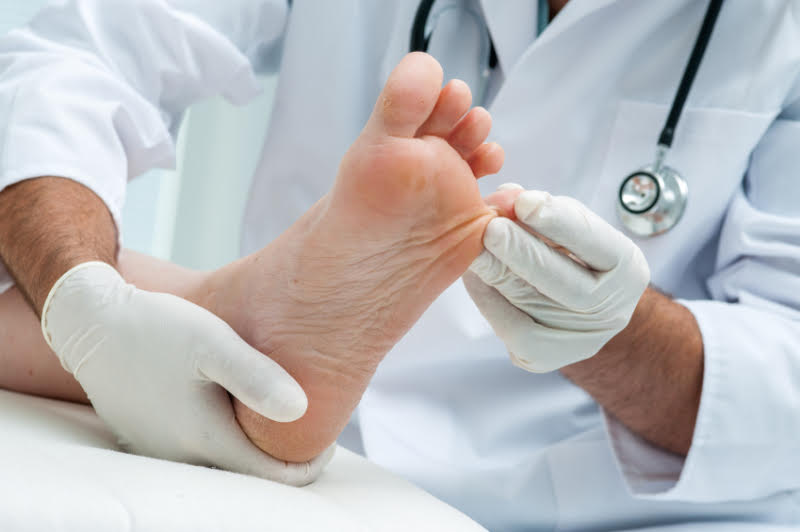
Frequently Asked Questions
Most patients with chronic ingrown toenails are good candidates for the procedure. Patients with poor circulation in the feet, or other health problems might not be good candidates for surgery.
Surgical procedures require careful assessment and consultation. Our podiatrists will review your overall health, medications, and the extent of your problem before providing advice about the possible treatment. Often, surgery is not necessary, and simple conservative care may be sufficient.
There are a large number of techniques to address ingrown toenails surgically. Like all other types of surgery, there can never be a 100% guarantee of success, however the minimally invasive techniques used by our podiatrists has been shown to be the most effective approach to reduce the chance of a recurrent ingrown nail.
Yes. But it is uncommon for younger children to require ingrown toenail surgery, unless they have a congenital nail problem.
As long as you have adequate blood supply to your foot, diabetes is not contra-indication. If you have diabetes, our podiatrist will assess your circulation before performing the procedure. If the blood supply to your foot is not sufficient, then it may not be recommended to perform surgery. In this situation we will suggest other treatments to reduce the symptoms of the ingrown toenail. There is an increased risk of post-operative infection if your blood glucose control is not adequate.
Your toe will be numb for up to a few hours after the procedure. We recommend wearing open-toed sandal after the procedure. You should elevate your foot as much as possible for the next 48 hours.
The cosmetic appearance of the nail is important. Most of the time the doctor will endeavor to remove only a small portion of the nail. After the nail is healed, it will appear slightly narrower. In severe cases where previous surgery was not successful, our podiatrists may recommend the removal of the entire nail plate.
The small wound will usually heal within 2 weeks, and require a light dressing. If you have diabetes or other medical conditions, this may slow down the healing process.
Local anesthesia creates a highly effective ‘block’, so that there is absolutely no discomfort or pain during the procedure. The anesthetic is injected into the base of the toe. The injection stings slightly. After that, there will be no pain during the procedure.
This depends on your work. Many people will be able to return to office based activities within 1-2 days, while other occupations (e.g.: waiters, nurses) may require a few extra days of rest. Our podiatrist will provide you with detailed advice and a Medical Certificate after the procedure.
Because there is no skin cutting or stiches, the procedure usually does not cause a lot of post-operative pain. Most patients will only need simple over the counter pain medication and rest. This usually lasts for up to 48 hours, it is rare for patients to experience significant pain.
The main causes are improper trimming of the toenail, hereditary condition, improper shoe fitting, and injury due to pedicures.

